Last Updated on April 22, 2025
The check engine light (CEL) is one of the most common dashboard warnings in modern vehicles, officially known as the Malfunction Indicator Lamp (MIL). While many drivers panic at its sight, others often ignore it—especially when the car appears to be running perfectly fine. But is that a safe choice?
Even if your car runs smoothly, the check engine light could be warning you about something serious brewing under the hood. From minor issues like a loose gas cap to critical problems like a failing catalytic converter or malfunctioning sensors, ignoring this alert could lead to expensive repairs and reduced vehicle lifespan.
This article will walk you through the real reasons the check engine light turns on, how to diagnose and fix the problem, and why ignoring it could be dangerous—even when everything feels normal.
Possible Causes
- Loose or faulty gas cap causing minor emissions issues.
- Old spark plugs or spark plug wires need replacement.
- Faulty oxygen sensor impacting fuel economy but not performance.
- Catalytic converter problems, may not affect short-term driving.
- Mass airflow sensor malfunction affects fuel injection, but it is not always noticeable.
- Intermittent issues that don’t immediately impact engine performance.
Possible Solutions
- Check Gas Cap: Ensure it’s tight; a loose cap can trigger the CEL.
- Read OBD-II Codes: Use a scanner to identify specific error codes.
- Inspect Common Issues: Look for obvious issues like loose connectors or damaged hoses.
- Routine Maintenance: Ensure regular maintenance like oil changes and air filter checks.
- Professional Diagnosis: If unsure, consult a mechanic for a thorough check-up.
Related: Why is the RPM fluctuating while driving?
What Is the Check Engine Light?
The check engine light is part of your vehicle’s onboard diagnostics system (OBD-II). It turns on when the computer detects an abnormality in the engine, exhaust, fuel system, or other related components.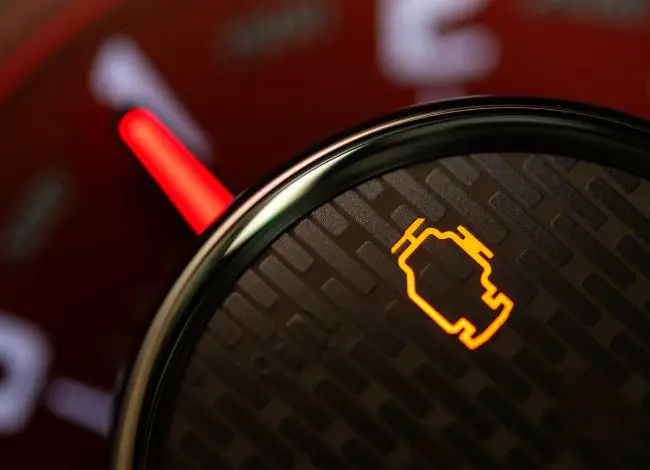
It doesn’t always mean there’s an immediate danger, but it’s a warning that something is not working as intended. Depending on the problem, it may affect your car’s emissions, fuel economy, or even the engine’s overall health.
There are two main types of CEL alerts:
- Steady Light: Indicates a non-urgent issue that still requires attention.
- Flashing Light: Suggests a severe issue such as a misfire or catalytic converter failure. Stop the vehicle and get it diagnosed immediately.
Top Reasons Why the Check Engine Light Is On
Let’s break down the most common triggers—ranging from simple and inexpensive to complex and costly.
1. Loose or Damaged Gas Cap
A loose, broken, or missing gas cap is one of the most common culprits. It causes fuel vapors to leak, triggering an emissions-related code. Fortunately, it’s also one of the easiest problems to fix.
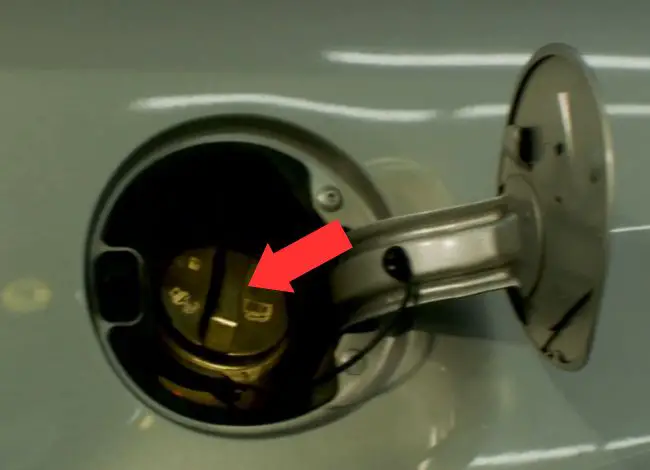
2. Faulty Oxygen Sensor
The oxygen sensor (O2 sensor) monitors the exhaust’s oxygen levels and sends data to the ECU to optimize fuel-air mixture. A bad sensor can cause poor fuel economy, higher emissions, and damage to other parts if ignored.
3. Failing Catalytic Converter
The catalytic converter reduces harmful exhaust emissions. When it begins to fail, the CEL will light up, and you may notice decreased fuel efficiency, trouble passing emissions tests, or sluggish performance.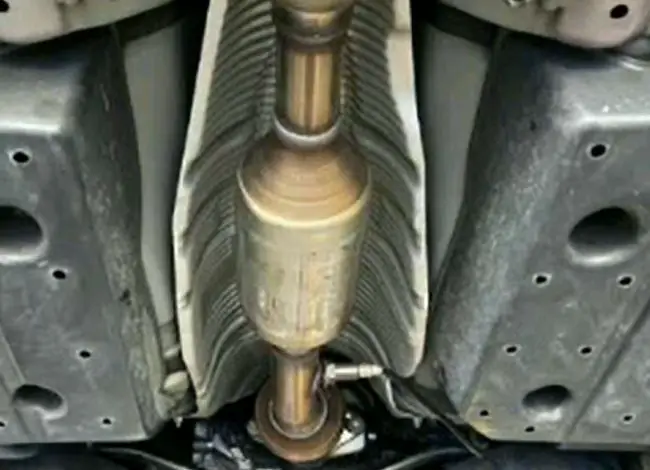
4. Malfunctioning Mass Airflow Sensor (MAF)
The MAF sensor measures the amount of air entering the engine. A faulty MAF sensor can cause stalling, rough idling, and reduced fuel economy.
5. Worn-Out Spark Plugs or Ignition Coils
Spark plugs ignite the air-fuel mixture. If they or the ignition coils are failing, you may not notice it right away, but misfires, poor acceleration, and reduced efficiency will follow.
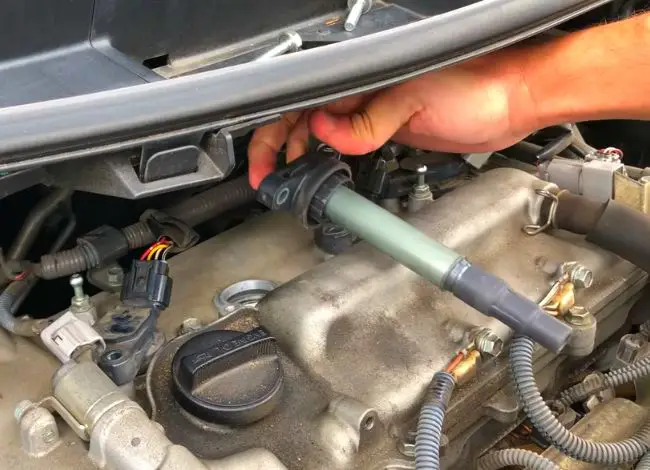
6. Weak Battery or Faulty Alternator
Low battery voltage or a dying alternator can cause the ECU to malfunction, leading to false warnings including the CEL.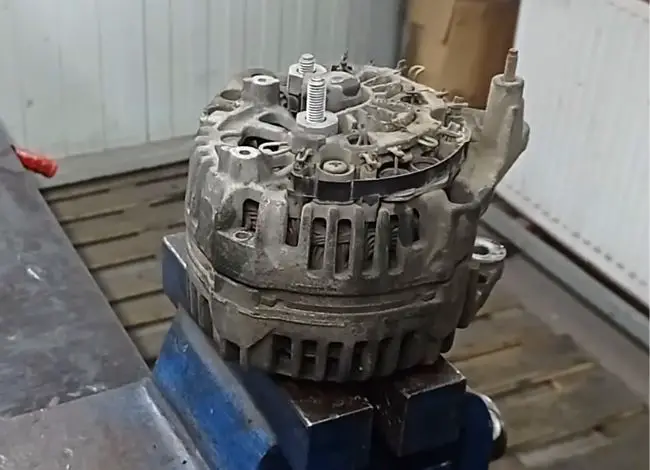
7. Faulty EGR Valve
The Exhaust Gas Recirculation (EGR) valve helps lower emissions. If it fails, the CEL may activate due to increased emissions and poor engine performance.
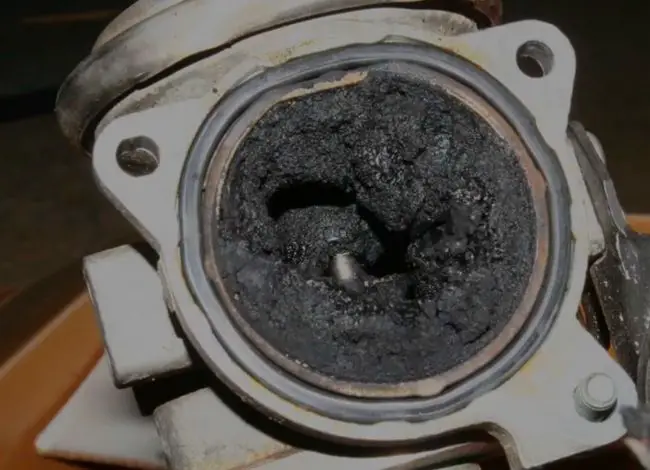
8. Vacuum Leaks or Hose Damage
Broken or cracked vacuum lines can trigger CEL codes related to air-fuel ratio and cause rough idling or hissing sounds under the hood.
Why You Shouldn’t Ignore the Check Engine Light
Even if your car appears to run fine, the CEL could be warning you of:
- Poor fuel economy
- Engine misfires
- Emission system failures
- Premature engine wear
- A risk of complete breakdown
Remember: The check engine light is an early warning system. Fixing a small problem now could save you from thousands of dollars in repairs later.
How to Diagnose the Check Engine Light
✅ Step 1: Scan for OBD-II Codes
Use an OBD-II scanner to retrieve diagnostic trouble codes (DTCs). These codes indicate where the problem might be. Most auto parts stores offer free code scanning services.
✅ Step 2: Decode the Error
Examples:
- P0300 – Random/multiple cylinder misfire
- P0171 – System too lean (bank 1)
- P0420 – Catalyst system efficiency below threshold
Use online databases or your scanner’s manual to understand what each code means.
✅ Step 3: Inspect Visual and Common Issues
Before replacing parts, inspect:
- Loose wires
- Dirty filters
- Fluid levels
- Cracked hoses
- Battery connections
✅ Step 4: Repair or Replace the Faulty Component
Once you’ve identified the root cause:
- Replace spark plugs or oxygen sensors
- Clean the MAF sensor
- Tighten or replace the gas cap
- Replace a faulty EGR valve or catalytic converter
✅ Step 5: Clear the Code and Retest
After completing the repair, clear the code using the scanner. Drive your car to confirm the light stays off.
When to Call a Mechanic
You should consult a certified mechanic if:
- The check engine light is flashing
- You hear strange noises
- You smell burning or rotten eggs
- You feel reduced power or jerking
- You don’t have an OBD-II scanner
They have the tools and expertise to perform advanced diagnostics, including fuel pressure testing, voltage checks, and component testing.
Common Fixes and Their Costs
| Problem | Fix | Estimated Cost |
|---|---|---|
| Loose gas cap | Replace or tighten | $10–$25 |
| Faulty O2 sensor | Replace sensor | $150–$300 |
| Catalytic converter failure | Replace converter | $800–$2,500 |
| Bad spark plugs/coil | Replace plugs/coils | $100–$400 |
| MAF sensor issue | Clean/replace sensor | $120–$300 |
| EGR valve issue | Replace valve | $150–$500 |
Real-Life Scenarios
Scenario 1: Car Runs Fine, But CEL Is On
- Issue: Loose gas cap
- Action: Tighten cap
- Result: CEL turns off after a few drives
Scenario 2: Drop in Fuel Economy
- Issue: Failing O2 sensor
- Action: Replaced sensor
- Result: Restored mileage and emissions
Scenario 3: Failed Emissions Test
- Issue: Bad catalytic converter
- Action: Replaced part
- Result: Passed retest, light turned off
Frequently Asked Questions
Can I keep driving with the CEL on?
If the light is steady and there are no performance issues, you can drive short distances—but diagnose it ASAP. If the light flashes, stop immediately.
Will the check engine light reset on its own?
Yes, if the issue is resolved, it may turn off after several drive cycles. However, clearing codes with a scanner is more reliable.
Can bad fuel cause the CEL to turn on?
Yes. Contaminated or low-quality fuel can disrupt combustion and trigger misfire codes.
How often should I check my OBD-II codes?
Whenever the CEL turns on, or if you suspect performance issues.
Can weather cause the CEL to turn on?
Yes. Extremely hot or cold conditions can affect sensors, fuel vapors, and battery performance.
Final Words
The check engine light is your car’s SOS signal. Even if it seems like everything is fine, there may be hidden problems developing that can seriously affect your engine’s lifespan, emissions, and fuel efficiency.
Take the time to:
- Scan for error codes
- Check the basics
- Address small problems before they become big ones
Don’t guess—get it checked.
✅ Quick Tip: If you’re planning a long road trip or vehicle inspection, resolve any check engine light issues first to avoid failures or surprises.
🔗 Related Articles
- Why Is My RPM Fluctuating While Driving?
- How to Use an OBD-II Scanner to Diagnose Your Car
- Complete Car Diagnostic Codes List
Meet our professional car mechanic, Russell D. Steele, who has been in this field for five consecutive years and works with several automotive companies. He completed the "AUTOMOTIVE & LIGHT DUTY DIESEL TECHNOLOGY" course from NorthWest Lowa Community College, where he learned essential diagnostic and transportation management skills and became a certified mechanic.
